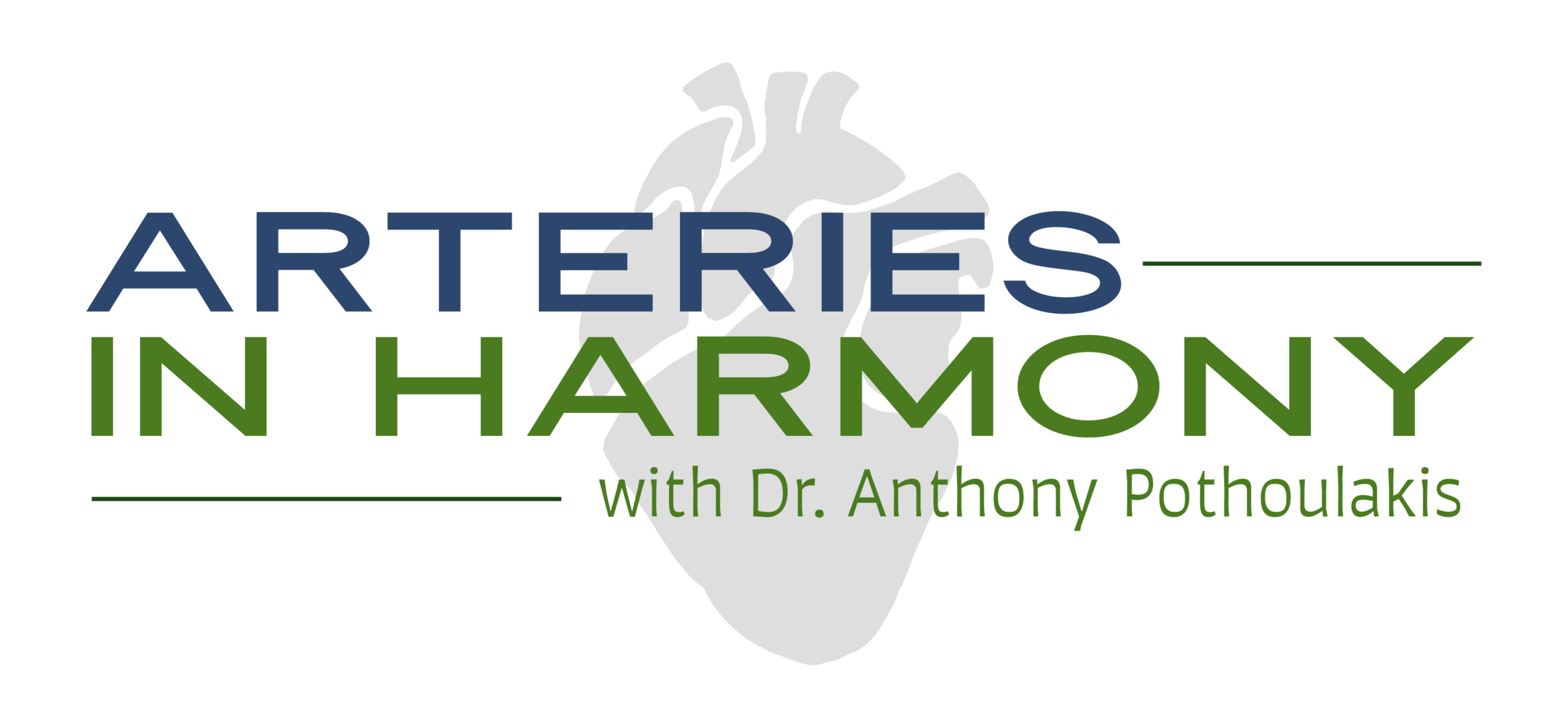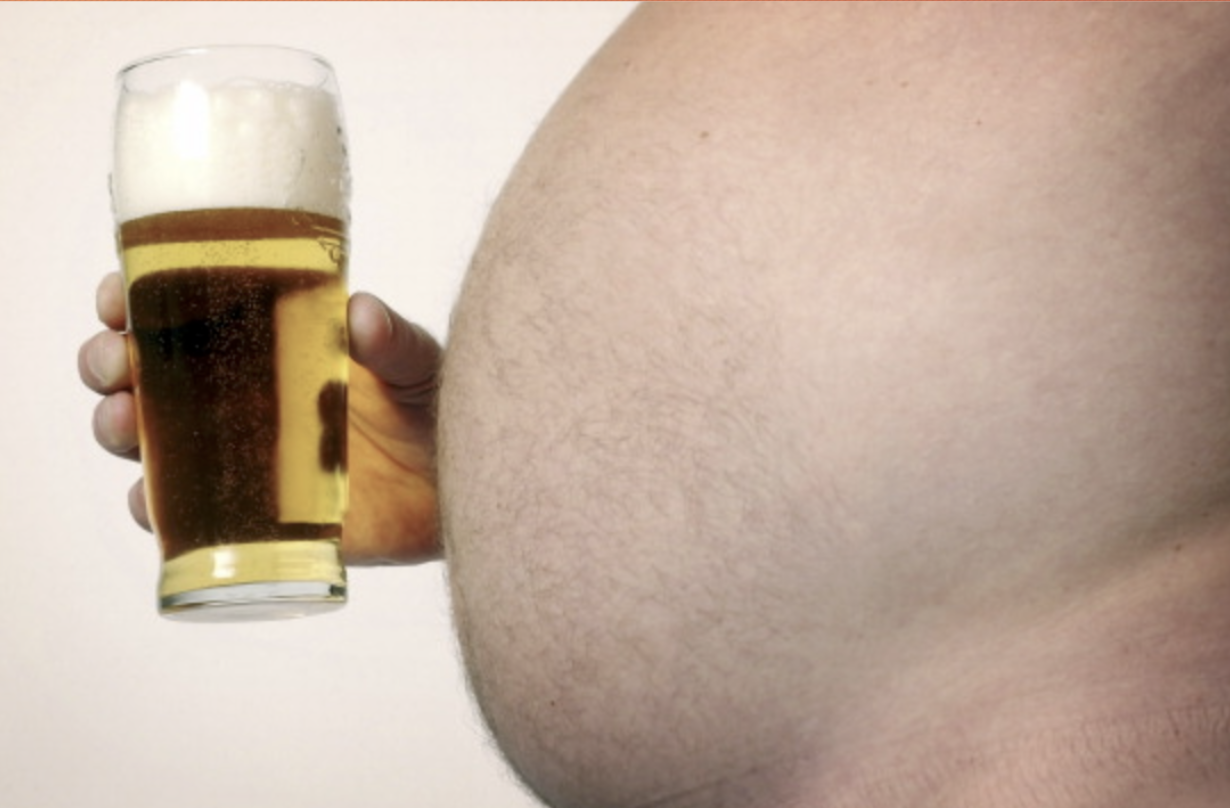The Tip of the Iceberg
Last week I was honored to present on the obesity-diabetes-and artery disease epidemic to a group of Delta employees in Atlanta. The venue was warm and inviting and very well organized. The participants were engaged and asked a large number of insightful questions. After my talk was over, I was invited to one of the working areas and I was happy to see that there were so many standing desks and a lot of opportunities for the employees to be physically active. A great workplace!
I used several PowerPoint slides for my presentation. One of those showed a picture of a gigantic iceberg where both the above-the-surface and below-the-surface parts of the iceberg were visible. The caption read: “Why am I showing you this picture?” After I let the question sink in the minds of the audience for a few seconds, I presented the next slide. There was the picture of a huge belly of a man. The face or the rest of the body were not shown; the focus was on the belly. The caption read: “Because it is so easy to see this…”. The next slide followed in quick succession and its caption picked up where the previous one left: “...but you can’t see that!”
Just like the iceberg that sunk the Titanic, what is hiding below the surface is the most dangerous. Our artery health can’t be seen from the outside, but inside, the story is much different.
You can clearly see the “deeper issue” in this up-close photo of an adult artery.
The “that” was the inside of an artery of a person with a huge belly like the one on the slide. The artery looked ugly, like a war zone. Instead of appearing like a smooth glistening tube, the inside of the artery was uneven, filled with dirty-looking red and yellow growths, like tumors. These tumors were not cancers; they were advanced-stage cholesterol plaques with bleeding and clots on their surface. Such an artery can become the cause of a heart attack, stroke or sudden death without further notice. The slide that followed showed exactly how such a thing can happen. Most of us (especially men) start developing thin fatty lines in the wall of our arteries when we are teenagers. These early fat accumulations are called “fatty streaks” and represent the only form of cholesterol accumulation in our arteries that is reversible. As the cholesterol plaques continue to develop, it usually takes them a minimum of 20 plus years to mature and, usually, cause zero symptoms during that phase. Once mature, they can, all of a sudden and without any further warning, become unstable, and within a minute they can be causing serious symptoms like chest pain, heart attack, stroke or even sudden death.
Unfortunately, in western countries like ours, by the time we are 45 years of age most of us (especially men) do have some cholesterol plaque in the walls of our arteries. As long as these plaques stay stable, they are not a health problem and usually cause no symptoms. Once unstable, the result is catastrophic. So, what do we need to do to keep any plaques stable:
No smoking (not even one or two cigarettes a day)
Keeping our blood pressure and LDL cholesterol low (our health care provider will advise us whether or not we need medications to achieve this)
Staying physically and socially active
Eating a healthy diet with an emphasis on avoiding abdominal obesity by excluding fast carbs
Avoiding alcohol abuse
Sleeping at least 7 hours per night
Avoiding excessive stress
So, take good care of your arteries in order to keep any possible cholesterol plaques at bay and enjoy a long life without heart attacks, strokes or the need for heart surgery or other heart procedures.
To your health,
Dr. Anthony



